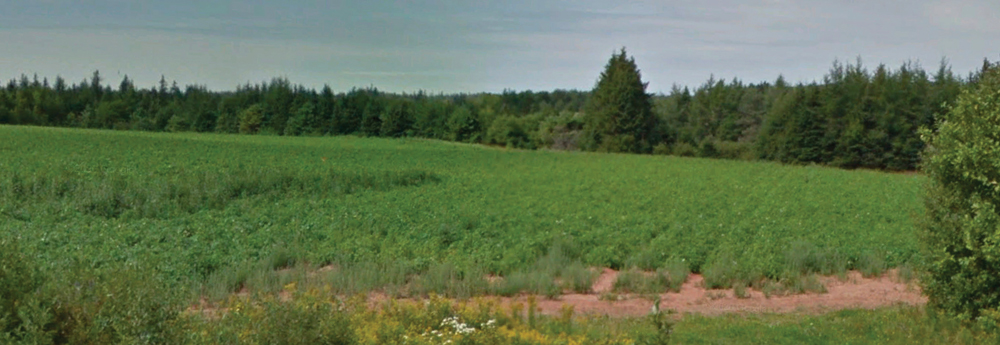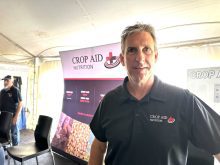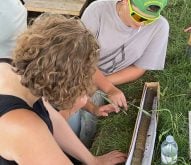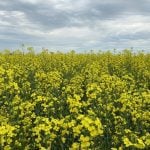We have received many letters and book orders with kind words, which is a great inspiration to keep scribbling, but it’s often also a chance for learning. In today’s world, it is a simple matter to use Google Earth and take a flyover. In many cases, one can also drop down via street view and do a drive around the area to peek at the fields and farming. Near big cities in Alberta, the farm has an actual address that can be accessed, so a “drive” by the farm is possible.
The next step often involves a trip online to Ottawa to visit CanSIS (Canadian Soil Information Service). That site has all the current and historic soil survey reports for all of Canada — a very valuable resource. So, here we go, to see some actual examples. I am giving the locations but not the names because I have not sought permission to mention names.
Rollo Bay West, P.E.I.
Read Also

Claas brings 1000 Series SP forage harvesters to Canada
In mid-August, Claas unveiled its new line of Jaguar forage harvesters at an event in Visalia, California, deep in the heart of that state’s dairy region.
This was a great thrill and a first for that far east; Rollo Bay is just 20 miles west of the eastern tip of Prince Edward Island. A drive down the highway brought just what you would think — a field of potatoes with very red soil, just like I saw in Tanzania all those years ago.

The soil survey map for Kings County showed the Rollo Bay area to be like Charlottetown, fine sandy loam with good drainage but strongly acidic. The soil survey report acknowledged the help of J.S. (Pete) Clark, who recruited me in 1972 for the two-year stint on the slopes of Kilimanjaro in Tanzania, and Walter Burns, who was the Canadian director of that project. Small world.
Brucefield, Ont.
Brucefield is 10 miles east of the east shore of Lake Huron and is 270 feet higher than the lake, so there is a good drainage gradient.

The reader who ordered a book is a private agronomist and we established email contact. I had checked out the soil survey report, but he gave me good additional information. I suspected the soils to be acidic because of high rainfall amounts — but not so. They are glacial soils derived from limestone, so pH is neutral to a bit high in places. The big issue is drainage, and tile drainage is the norm. The original tile spacing was 45 feet, but some are splitting that to 22 feet, and the spacing on new installations is 27 feet.
Bruderheim, Alta.

The reader at Bruderheim, Alta., was on a road with an address, so Google Earth could drop me down to do a drive-by. There is a beautiful farmyard with mature shelterbelt on three sides and bins galore with a well-developed grain handling system.
I knew the soils from a former colleague (famous soil microbiologist Eldor Paul), who was raised on a dairy farm near Bruderheim. He was raised on very productive, thick black soils with deep topsoil.
Bonus Round: Wes Anderson Croppro Consulting
When I did a search for Bruderheim on the computer, it spit out an email from Wes Anderson, who had read and responded to an earlier column on soil pH. He has done work on very sandy soils north of Bruderheim, just south of the North Saskatchewan River. He found many pH values in the 5.0-5.6 range and some as low as 4.8 and 4.9.
CropPro does the SWAT system of zoning fields for variable rate, etc. In some fields, the pH ranges from 5.4-7.8, so targeted liming would be a possibility, but some fields were very acidic throughout.
Wes sent me several good photos of canola with severe calcium and magnesium deficiency, manganese toxicity and roots that were very sick. Thanks, Wes, for the information and great photos.
And, thanks to the many readers who order books, write kind letters and provide a focal point to learn about an area new to me.















